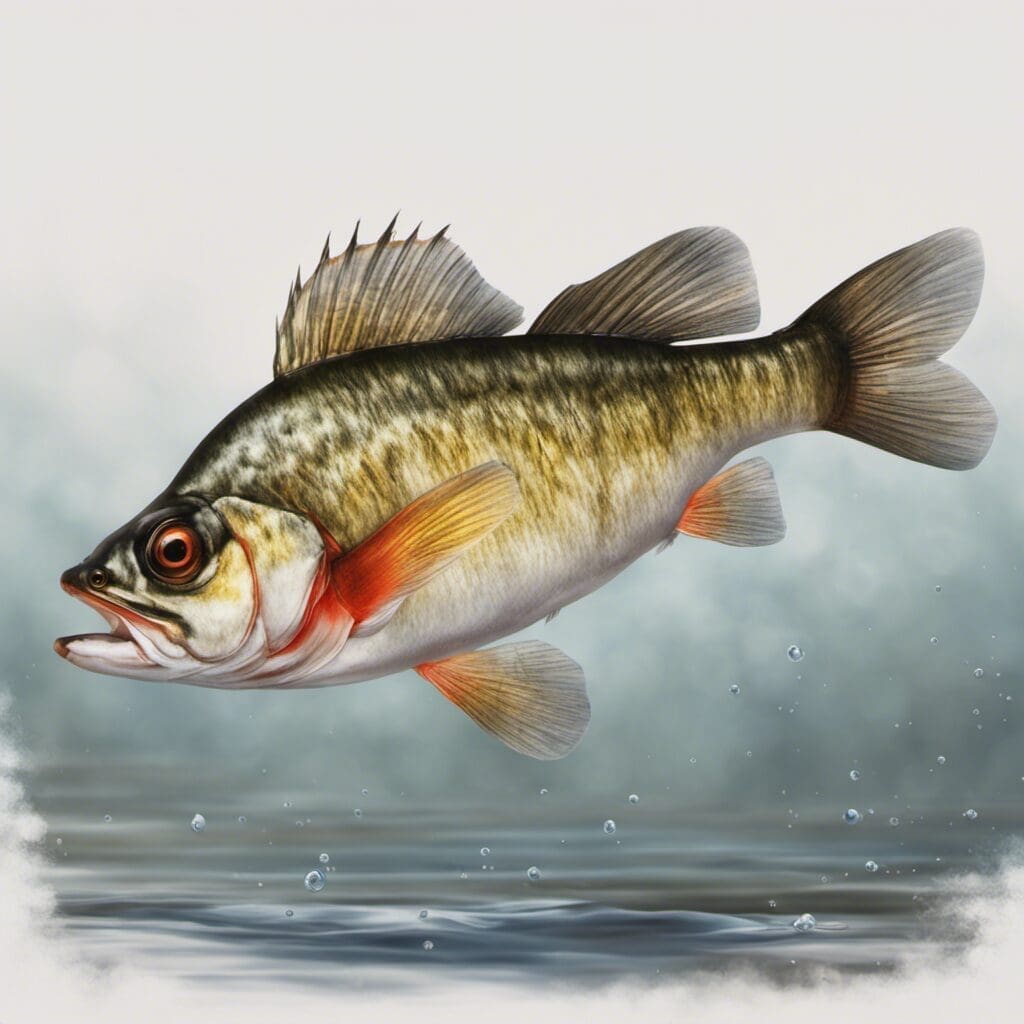Introduction
The Shiner Perch (Cymatogaster aggregata) is a member of the family Embiotocidae, more commonly known as the Surfperches. A small, robust fish, the Shiner Perch is often found in large schools in coastal and brackish waters in the North Pacific coastline.
Conservation Status
The Shiner Perch is currently not listed under any threat categories. There are no specific conservation efforts targeting this species, but general ocean conservation efforts are beneficial to their habitat protection.
Statistics
The Shiner Perch displays interesting statistical data:
| Stat | Average | Range |
|---|---|---|
| Length | 5.9 inches | 3 to 8 inches |
| Weight | 0.2 pounds | 0.1 to 0.3 pounds |
| Average Lifespan | 3 years |
Distribution
Shiner Perch are abundantly found in the coastal waters stretching from southern Alaska to northern Baja California, Mexico. They do not follow specific migration patterns.
Habitats
Shiner Perch prefer brackish and marine waters. They’re typically found at depth ranges of 0-56 meters and can thrive in water temperatures ranging from 10 – 24°C.
When and Where to See
They can be seen all year round, being more active and visible during daylight hours.
Best Fishing Locations
The best fishing locations for Shiner Perch primarily lie along the North Pacific coastline, including:
- Puget Sound, Washington
- Columbia River, Oregon
- Half Moon Bay, California
- Cypress Point, California
- Willapa Bay, Washington
- Nehalem Bay, Oregon
- Pacific Grove, California
- Homer, Alaska
- Moss Landing, California
- Kachemak Bay, Alaska
General Tip: Shiner Perch are school fish, often being found in large numbers near piers and rocky outcrops.
How to Catch
Shrimp, squid, and worms make excellent bait for catching Shiner Perch. Angling methods such as bait fishing and fly fishing have proven most successful. Fishing is most productive during the early morning or late afternoon hours.
Identification Guide
Shiner Perch have an olive to bluish-black body with yellow stripes and a gold or silver belly. They are often confused with the similarly sized and colored Rainwater Killifish. The main difference is that the shiner has a larger, more rounded body.
Culinary
Given their small size, Shiner Perch are rarely sought after for culinary use. However, they have a mild flavor and are often used in fish soups or stews. Nutritional information is not specified due to limited use in culinary preparations.
Additional Information
Shiner Perch are omnivores, feeding on a diet of zooplankton, algae, small crustaceans, and insect larvae. They are prey to larger fish like the Striped Seabass, and birds like herons and cormorants. They have no significant cultural or historical significance.
References and Further Reading
For further insight into the Shiner Perch, the following sources provide comprehensive information:

